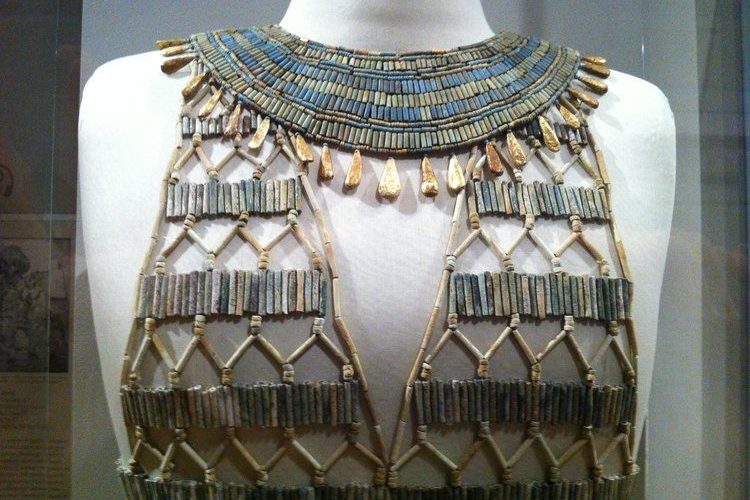In 1851 CE, a woman named Amelia Bloomer in the United States shocked the establishment by announcing in her publication The Lily that she had adopted the “Turkish Dress” for daily wear and, further, provided readers with instructions to make their own. This “Turkish dress” was a pair of light-weight pants worn under a dress which dispensed with the heavy petticoats and undergarments which constituted women’s fashion. At the time of Bloomer’s announcement, upper-class women were wearing dresses comprised of as many as 16 petticoats, which were quite heavy, and those of the lower classes were almost equally constrained. These ‘Turkish’ pants (which came to be known as ‘bloomers’) emancipated women from the constraints of fashion, allowing them freedom of movement, and became one of the symbols of the new women’s suffrage movement.
The Women’s Suffrage Movement had only just met to issue their Declaration of Rights and Sentiments, written by Elizabeth Cady Stanton, in 1848 CE at Seneca Falls, NY, and Bloomer’s advocacy of the new style was embraced by one of the pivotal figures of the movement, Lucy Stone, who wore the pants during her lectures on women’s rights. It was Lucy Stone who would encourage Susan B. Anthony to take up the cause of the women’s suffrage movement and Anthony, of course, is now synonymous with women’s rights.
All of these challenges to the patriarchy of the 19th century CE were quite disturbing, to women as well as men, but they would have been nothing startling to the ancient Egyptians who viewed women as equals and whose fashion sense was nearly unisex long before that word, or concept, was understood by the more ‘advanced’ culture of the present day.
Egyptian fashion was practical, simple, and, for most of the population, the same kind of outfit worn by a woman was worn by a man. The upper-class women in the Old Kingdom of Egypt (c. 2613-2181 BCE) wore longer dresses which covered their breasts, but the women of the lower classes would have worn the same simple kilt as their fathers, husbands, and sons.
Early Dynastic Period & Old Kingdom
Images from the Early Dynastic Period in Egypt (c. 3150 – c. 2613 BCE) show men and women of the lower class in the same kind of dress: a knee-length, plain kilt, probably white or light in color. This would have been made of cotton, linen, or byssus (flax) and was fastened around the waist by a belt of cloth, papyrus rope, or leather.
Upper-class Egyptians in the same time period dressed the same only with more ornamentation. Egyptologist Helen Strudwick observes how “only by their jewelry could men from the wealthy class be distinguished from farmers and artisans” (374). Women’s dress was more distinctive between classes as upper-class women wore a long, figure-fitting dress with or without sleeves. These dresses were held in place by straps over the shoulders and sometimes were supplemented by a sheer tunic worn over them.
Women’s fashions which bared the breasts were not a matter of concern. The upper-class women’s dresses sometimes began below the breasts and went to the ankles. Lower-class women’s skirts, as noted, were from the waist to the knees without a top. Before the development of linen, people wore clothes made of animal hide or woven papyrus reeds. Strudwick writes:
Shepherds, ferrymen, and fishermen mainly made do with a simple leather sash from which hung a curtain of reeds; many also worked completely naked, at least until the Middle Kingdom – during this time it became rare to see an unclothed worker. Female millers, bakers, and harvest workers are often depicted in a long wraparound skirt but with the upper part of the body bared. (376)
Children of both sexes wore no clothes from birth until puberty and some occupations, as Strudwick notes, continued this practice. The washermen and washerwomen who worked daily by the banks of the Nile River washing other people’s clothing performed their tasks naked because they were in the water so frequently.
